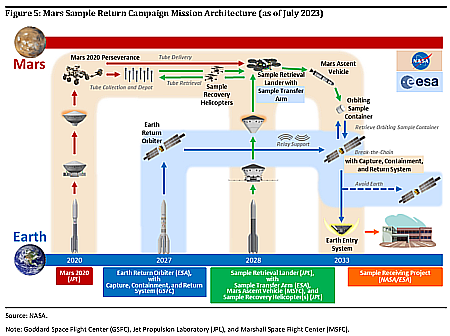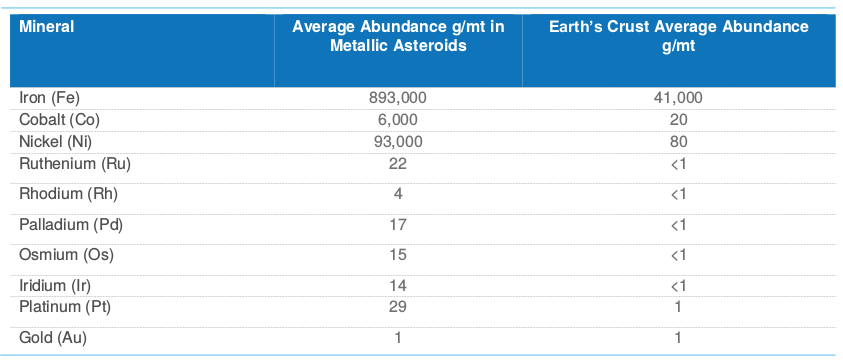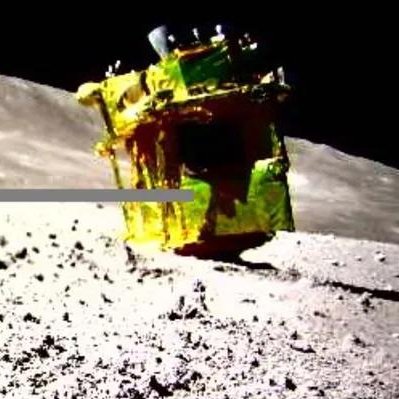Russia launches weather satellite plus eighteen smallsats
Russia yesterday successfully launched a new weather satellite as well as eighteen smallsats, including one for Iran, its Soyuz-2 rocket lifting off from its Vostochny spaceport in the far east of Russia.
The rocket’s stages crashed in several designated drop zones within Russia and the Arctic Ocean.
The leaders in the 2024 launch race:
18 SpaceX
9 China
3 Russia
American private enterprise still leads the entire world combined 21 to 18 in successful launches, while SpaceX by itself is now tied with the the rest of the world (excluding other American companies) 18 all.
Russia yesterday successfully launched a new weather satellite as well as eighteen smallsats, including one for Iran, its Soyuz-2 rocket lifting off from its Vostochny spaceport in the far east of Russia.
The rocket’s stages crashed in several designated drop zones within Russia and the Arctic Ocean.
The leaders in the 2024 launch race:
18 SpaceX
9 China
3 Russia
American private enterprise still leads the entire world combined 21 to 18 in successful launches, while SpaceX by itself is now tied with the the rest of the world (excluding other American companies) 18 all.













